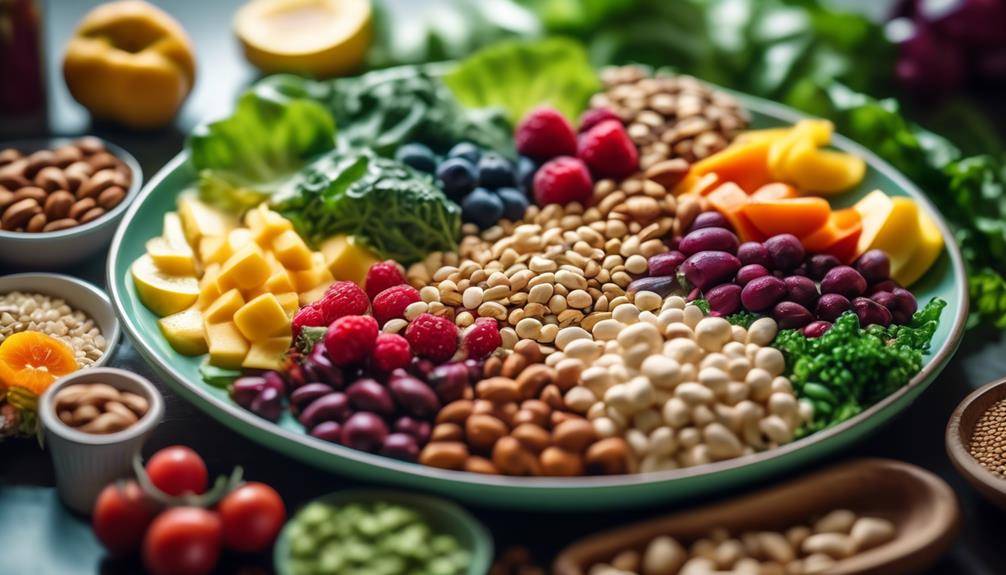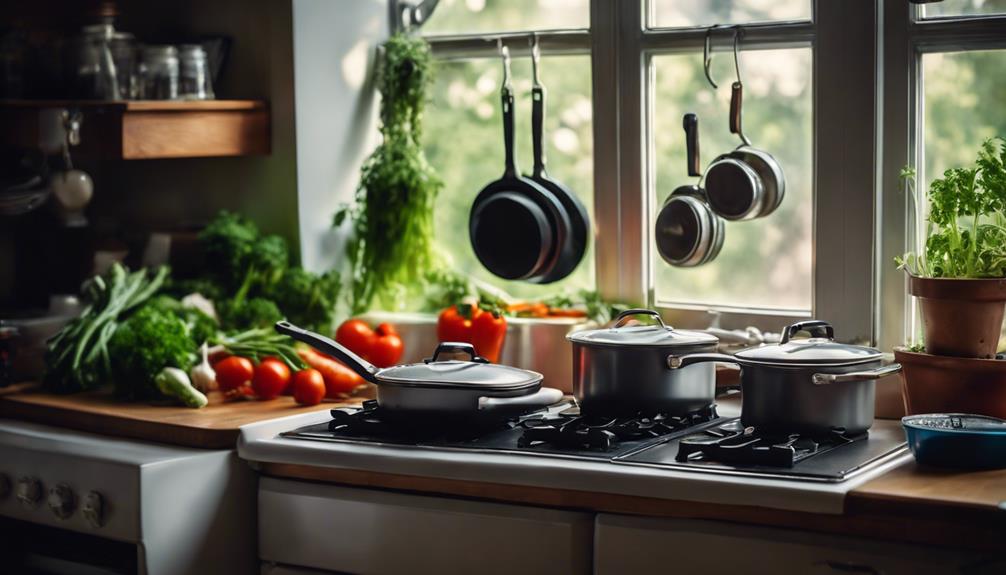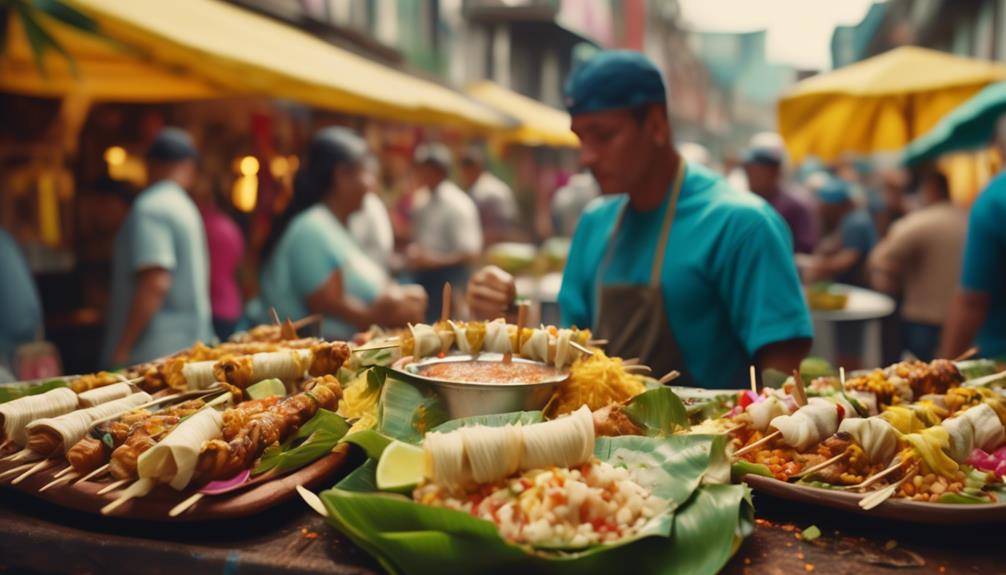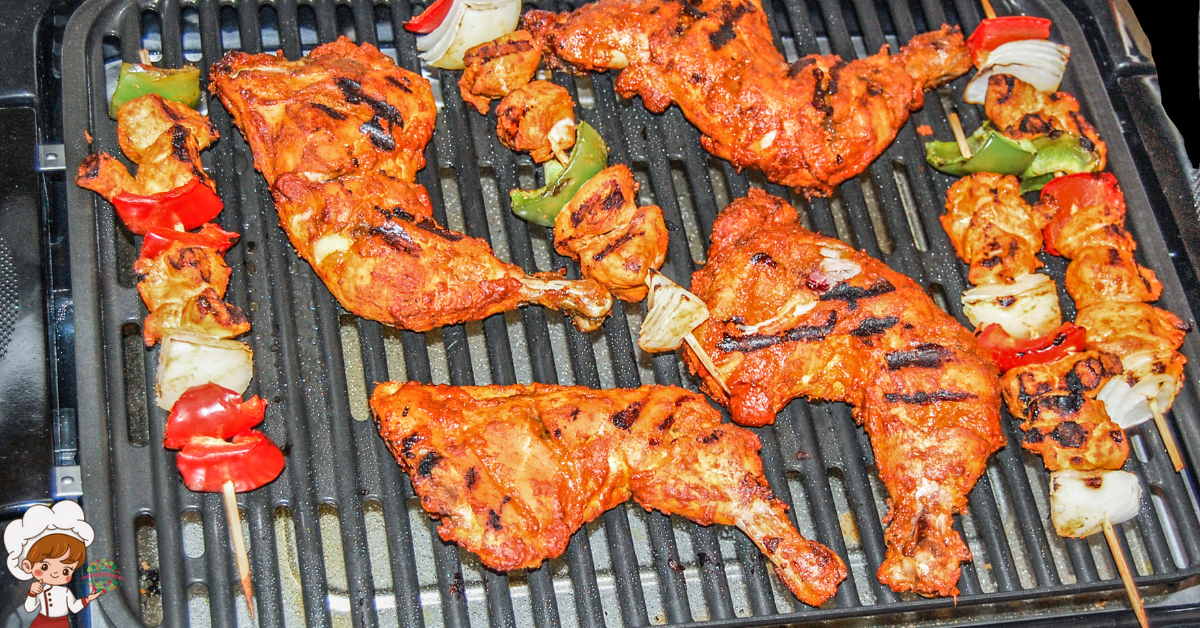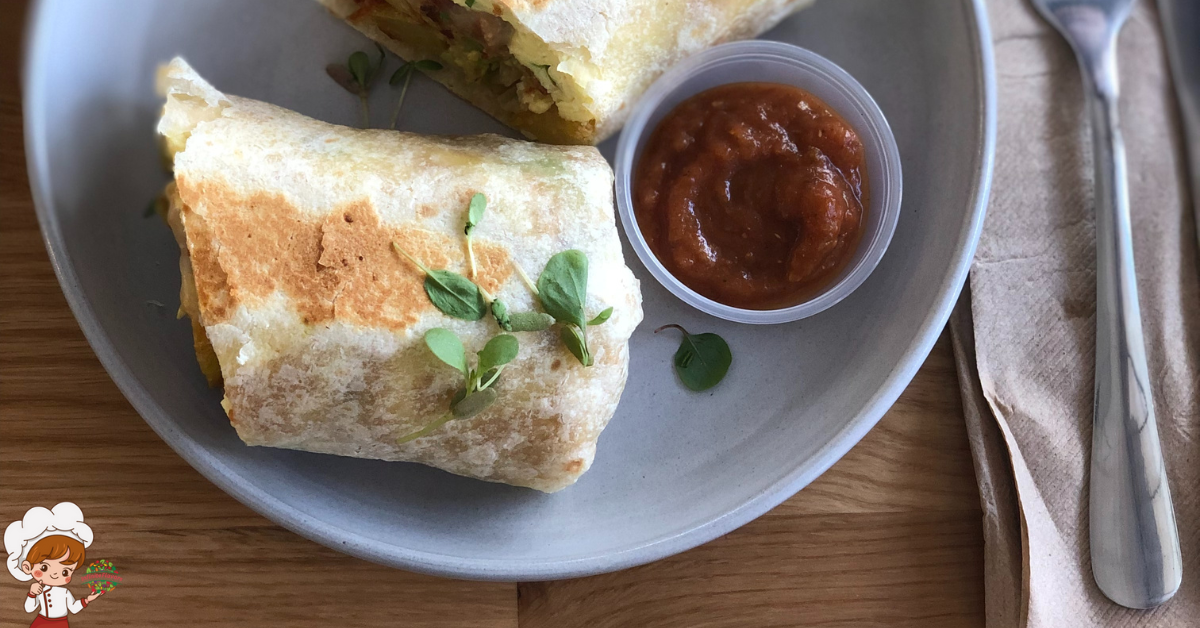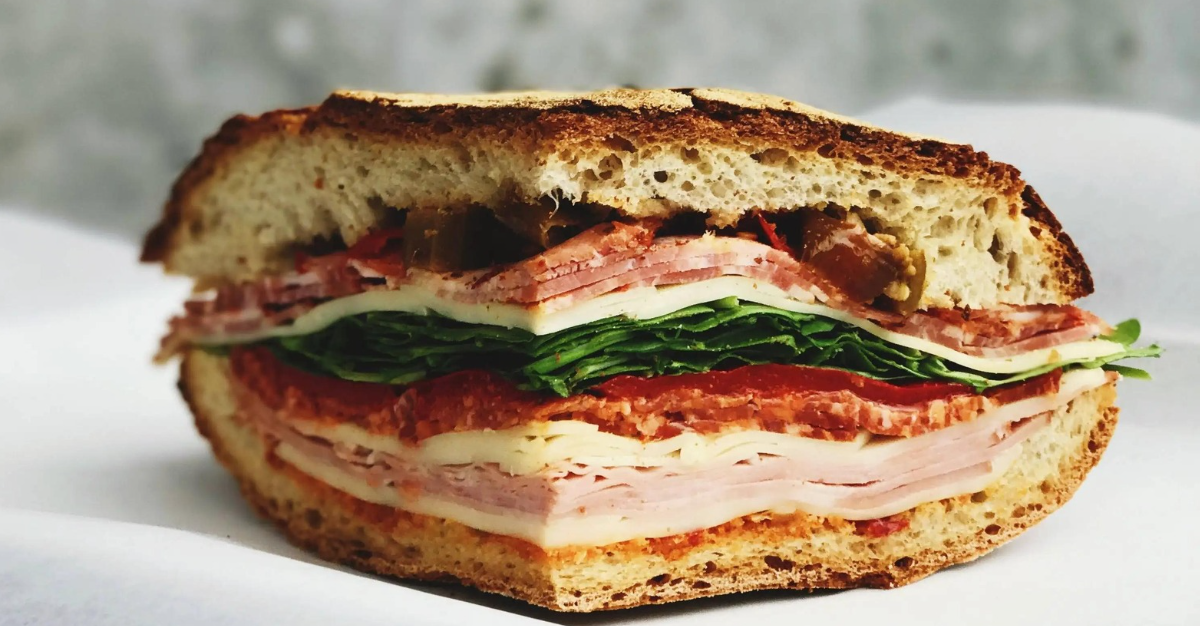What Are Simple Essential Cooking Techniques
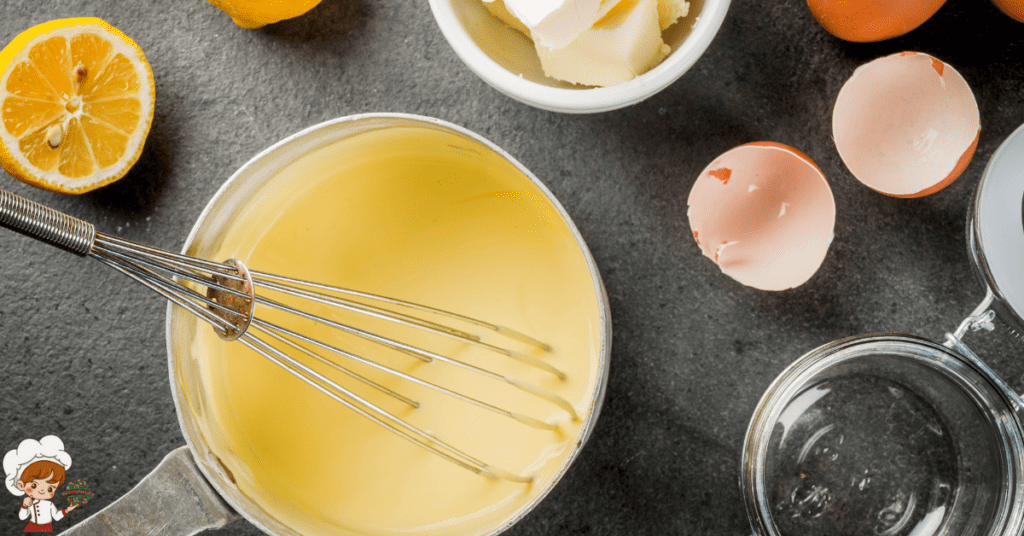
Hey there! Want to learn some Simple Essential Cooking Techniques to up your kitchen game? Look no further! In this quick guide, we’ll dive into simple yet crucial methods that’ll make you a pro in no time. From mastering knife skills to sautéing like a boss, roasting to perfection, and even braising, grilling, and baking like a pro, we’ve got you covered. These techniques will not only take your dishes to the next level but also save you time and effort in the kitchen. So, get ready to elevate your culinary skills and impress your friends and family with delicious meals. Let’s get cooking!
Knife Skills
Improve your cooking skills by mastering essential knife techniques. Knife skills are a fundamental aspect of cooking that can greatly enhance your efficiency and safety in the kitchen. Understanding proper knife safety is crucial to prevent accidents and ensure a smooth cooking process.
When it comes to knife safety, there are a few important guidelines to follow. Always hold the knife firmly with a secure grip, keeping your fingers away from the blade. Use a cutting board that is stable and won’t slip during use. Always cut away from your body to minimize the risk of injury. And never try to catch a falling knife – let it drop and then pick it up.
Now let’s explore the different types of knives you should have in your kitchen arsenal. The chef’s knife is the most versatile and essential knife, with a broad blade and sharp edge that can handle a variety of tasks. A paring knife is great for intricate tasks like peeling and trimming. A serrated knife is ideal for slicing through bread and delicate items like tomatoes. And a boning knife is perfect for removing bones from meat and fish.
Sauteing
How can you effectively sauté your ingredients to enhance the flavors in your dishes? Sautéing is a quick cooking method that involves cooking small pieces of food in a hot pan with a small amount of oil or fat. It is a versatile technique that can be used for a variety of ingredients, from vegetables to meat and seafood.
To sauté your ingredients properly, it is important to have proper heat control. Heat your pan over medium-high heat until it is hot, then add the oil or fat and allow it to heat up as well. You want the oil to be hot enough that it sizzles when you add your ingredients, but not so hot that it burns them. This will ensure that your ingredients cook quickly and evenly, preserving their flavors and textures.
Once your pan and oil are hot, add your ingredients in a single layer. This allows them to cook evenly and develop a nice brown color. Stir or toss them frequently to prevent sticking or burning. The goal is to cook the ingredients quickly while maintaining their natural flavors and textures.
Sautéing is a great technique for creating flavorful dishes in a short amount of time. It allows you to bring out the natural sweetness and umami of your ingredients, resulting in delicious and satisfying meals. With proper heat control and quick cooking, you can master the art of sautéing and elevate your culinary skills to new heights. So grab your pan, heat it up, and start sautéing your way to delectable dishes!
Roasting
When it comes to roasting, one of the key points to remember is oven temperature control. This ensures that your meats and vegetables cook evenly and achieve that perfect golden brown color. Another point to consider is the flavorful caramelization process that occurs during roasting, resulting in rich and delicious flavors. Lastly, the versatility of roasted dishes allows you to experiment with a wide range of ingredients and flavors, from succulent roasted chicken to crispy roasted vegetables.
Oven Temperature Control
To achieve perfectly roasted dishes, it is crucial that you master the art of controlling oven temperature. Efficient oven usage is key to achieving even cooking throughout your dish. When roasting, it’s important to preheat your oven to the specified temperature in the recipe. This ensures that your food cooks evenly and prevents any potential food safety concerns. Once preheated, place your dish on the center rack, allowing for proper air circulation.
Keep the oven door closed as much as possible to maintain a consistent temperature. If your oven has hot spots, rotate your dish halfway through cooking to ensure even browning. Remember to use an oven thermometer to verify the accuracy of your oven’s temperature. By paying attention to these details, you’ll become a master at controlling oven temperature for perfectly roasted dishes every time.
Flavorful Caramelization Process
Want to achieve rich, flavorful caramelization in your roasted dishes? Mastering caramelization techniques is key to enhancing flavors and creating delicious meals. Here are three essential tips to help you achieve that perfect caramelization:
- Temperature control: Start by preheating your oven to the right temperature. Higher temperatures, around 400-450°F (200-230°C), will promote caramelization. This will give your dishes a deep, golden-brown color and a rich, nutty flavor.
- Proper seasoning: Before roasting, make sure to season your ingredients generously with salt and pepper. This will not only enhance the flavors but also draw out moisture, allowing for better caramelization.
- Use the right pan: Opt for a heavy-bottomed pan or a baking sheet with raised edges. This will ensure even heat distribution and prevent the juices from overflowing, giving your ingredients a chance to caramelize beautifully.
Versatility of Roasted Dishes
Achieving flavorful caramelization in your roasted dishes opens up a world of versatility in your cooking. Roasting vegetables not only brings out their natural sweetness but also adds depth and complexity to their flavors. You can roast a variety of vegetables like Brussels sprouts, carrots, and bell peppers to enhance their taste and texture. Roasting meats and poultry, on the other hand, creates a crispy exterior while keeping the inside tender and juicy.
Whether it’s a whole chicken, a beef roast, or a pork tenderloin, the process of roasting adds a rich and savory flavor that is hard to resist. Additionally, roasted dishes can be easily customized with different herbs, spices, and marinades to suit your taste preferences. The possibilities are endless when it comes to creating delicious and versatile meals through the art of roasting.
Braising
To braise effectively, you will need to learn the basic principles and techniques involved. Braising is a slow cooking method that involves cooking meat in a small amount of liquid at a low temperature. This technique not only infuses the meat with flavor but also helps to tenderize tough cuts of meat.
Here are three key principles to keep in mind when braising:
- Slow cooking: Braising is all about taking your time. The low temperature and long cooking time allow the flavors to develop and the meat to become tender. This gradual cooking process ensures that the meat is cooked evenly and becomes succulent and flavorful.
- Meat tenderness: Braising is ideal for tougher cuts of meat. The slow cooking process breaks down the connective tissues in the meat, making it tender and juicy. This is especially beneficial for cuts like chuck roast, short ribs, and pork shoulder, which have a lot of collagen that needs to be broken down.
- Flavor infusion: Braising involves cooking meat in a flavorful liquid, such as broth, wine, or a combination of both. As the meat cooks, it absorbs the flavors of the liquid, resulting in a rich and delicious dish. Additionally, the liquid can be reduced and turned into a savory sauce to further enhance the flavors.
Mastering the art of braising will open up a world of possibilities in your cooking. Whether you’re making a comforting pot roast or a flavorful braised chicken dish, this technique will elevate your meals to new heights. So, grab your Dutch oven or slow cooker, and get ready to create mouthwatering dishes that will impress your family and friends.
Grilling
When grilling, you’ll be searing food over direct heat to achieve a delicious smoky flavor. Grilling is a popular cooking technique that brings out the natural flavors of meat, vegetables, and even fruits. To master the art of grilling, it’s important to learn a few key techniques and have some great marinade recipes on hand.
One of the most important grilling techniques is proper heat management. You want to start by preheating your grill to the desired temperature. For direct grilling, where food is cooked directly over the flames, you’ll want a high heat. For indirect grilling, where the food is cooked next to, but not directly over, the flames, you’ll want a medium to low heat.
Another important technique is knowing when to flip your food. It’s tempting to constantly move and flip your food, but this can prevent proper searing and result in less flavorful food. Instead, let your food cook undisturbed for a few minutes on each side before flipping.
Marinades are a great way to add flavor and tenderize your grilled food. A simple marinade can be made by combining oil, vinegar or citrus juice, herbs, and spices. For example, a classic marinade for chicken might include olive oil, lemon juice, garlic, and herbs like thyme and rosemary. Let your food marinate for at least 30 minutes, but preferably a few hours, before grilling.
With these grilling techniques and marinade recipes, you’ll be well on your way to becoming a grilling expert. Experiment with different flavors and ingredients to find your own signature dishes. Happy grilling!
Baking
When it comes to baking, two essential techniques to master are temperature control and time management. The temperature of your oven plays a crucial role in achieving the perfect bake, whether it’s a golden brown crust or a moist cake. Additionally, keeping track of baking time ensures that your creations are cooked through without becoming dry or burnt. By understanding and implementing these techniques, you’ll be able to create delicious and beautifully baked goods every time.
Baking Temperature Control
One important technique to master in baking is controlling the oven’s temperature. Proper temperature control is crucial for achieving perfect browning and ensuring that your baked goods are cooked evenly and thoroughly. Here are three key factors to consider when it comes to baking temperature control:
- Preheating: Always preheat your oven to the specified temperature before placing your baked goods inside. This allows for consistent heat distribution and helps to activate the leavening agents in your recipes.
- Oven Thermometer: Invest in an oven thermometer to ensure that your oven is heating to the correct temperature. Ovens can often have variations in temperature, so using a thermometer will help you adjust accordingly.
- Temperature Adjustments: Make adjustments as needed throughout the baking process. If you notice that your baked goods are browning too quickly on top, you can lower the oven temperature slightly. On the other hand, if your baked goods are not browning enough, you can increase the temperature slightly.
Baking Time Management
To ensure that your baked goods are perfectly cooked, it is essential to manage the baking time effectively. Baking is a precise science, and even a few minutes can make a significant difference in the outcome of your baked goods. Here are a few baking tips and time management techniques to help you achieve the best results.
Firstly, always preheat your oven to the correct temperature before placing your baked goods inside. This ensures that your treats bake evenly and consistently. Secondly, set a timer as soon as you place your goods in the oven. This will help you keep track of the baking time and prevent over or undercooking. Additionally, avoid opening the oven door frequently to check on your treats as it can cause temperature fluctuations and affect the baking process.
Lastly, consider using an oven thermometer to ensure the accuracy of your oven’s temperature. This will help you adjust the baking time accordingly and achieve the desired results.
Frequently Asked Questions: Simple Essential Cooking Techniques
How Do I Properly Store and Care for My Knives to Maintain Their Sharpness?
To properly store and care for your knives, make sure to keep them in a knife block or on a magnetic strip. Avoid leaving them in drawers where they can get damaged. Regularly sharpen and hone them to maintain their sharpness.
What Are Some Common Mistakes to Avoid When Sautéing Vegetables?
When sautéing vegetables, avoid common mistakes like overcrowding the pan, using the wrong temperature, and not properly prepping your veggies. These errors can lead to uneven cooking and a lack of flavor.
What Are Some Tips for Achieving a Perfectly Crispy Skin When Roasting Chicken?
To achieve crispy skin when roasting chicken, start by patting the chicken dry and seasoning it generously with salt and pepper. Preheat your oven to a high temperature and roast the chicken until the skin is golden and crispy.
How Can I Prevent My Braised Meats From Becoming Tough and Dry?
To prevent dry braised meats and achieve tender results, try using tenderizing techniques like marinating, using acidic ingredients like vinegar or lemon juice, and cooking low and slow to allow the meat to become tender and juicy.
Is There a Specific Type of Grill That Works Best for Different Types of Food?
When it comes to grilling, the type of grill you use can greatly impact the taste and texture of your food. Different grills offer varying levels of versatility and are better suited for specific types of food. Mastering grilling techniques for different foods is key to achieving delicious results.
Conclusion
In conclusion, mastering simple essential cooking techniques is the key to becoming a confident and skilled cook. From honing your knife skills to sautéing, roasting, braising, grilling, and baking, each method adds its unique flavors and textures to your dishes. These techniques empower you to create delicious and impressive meals from scratch, making your culinary journey all the more exciting and enjoyable. So, grab your apron, sharpen your knives, and embark on this culinary adventure!



